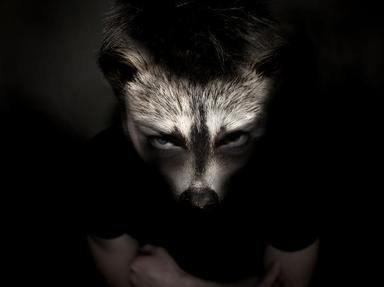Quiz Answer Key and Fun Facts
1. This animal said she was a gnu, but I've never seen one with such a long neck. "Okay, you've got me," she said, "I'm a camelopard". True, but what is she better known as?
2. This fake gnu said that he often tries to hide behind a name that is considered a misnomer, so he almost felt he didn't have to don his disguise. What is this large prairie bovine that almost became extinct?
3. The gnu mask could not hide this mammal's loud bark and long flippers, though it did cover his external ears (at least he had no tusks to pierce the mask). What is this creature, sometimes trained to balance a ball?
4. The gnu mask could not hide the mane of this animal, lord of the savannas (not the jungles). I pointed out he might be called "cowardly", so he removed his mask and revealed he was what animal?
5. This swift, long-legged but endangered member of the antelope family hiding behind the gnu mask is a national symbol of Niger. She is called a dama or what other name?
6. This skilled climber often seeks refuge in a tree, but doesn't usually wear a gnu mask, which of course cannot hide the tell-tale rosettes (don't call them spots). "All right, I'm a panther", she sighed, but would admit nothing further. What is this species of Panthera?
7. This bird would never bury its head in the sand. "But wearing a gnu mask is another matter," he said. "Your powerful legs and clawed toes would protect your from Heffalumps", I said. Assuaged, what did he reveal himself to be?
8. "Contrary to popular belief, I'm not afraid of mice, but Heffalump hordes are another matter," said this cautious creature. "I don't think gnus have trunks," I said. So he used his prehensile proboscis to reveal he was what large mammal?
9. "I don't see very well," said this animal, "and the gnu mask doesn't help, but I'm ready to charge at a moment's notice!" So what is this pachyderm whose big horn is hidden?
10. Having heard the Heffalumps were colorblind, these equines huddled together to try confuse them, as they would for lions. But they don't fool us! What are they?
Source: Author
gracious1
This quiz was reviewed by FunTrivia editor
NatalieW before going online.
Any errors found in FunTrivia content are routinely corrected through our feedback system.
